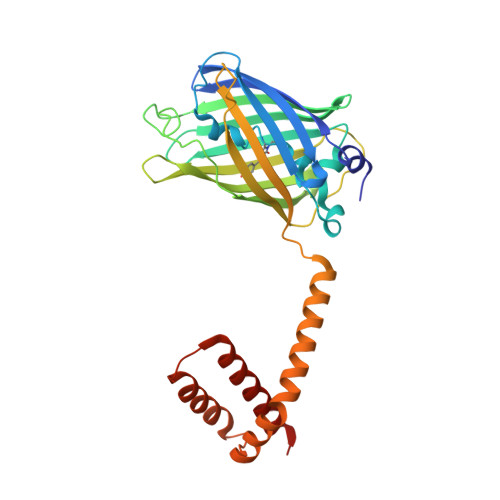Bak Core and Latch Domains Separate during Activation, and Freed Core Domains Form Symmetric Homodimers.
Brouwer, J.M., Westphal, D., Dewson, G., Robin, A.Y., Uren, R.T., Bartolo, R., Thompson, G.V., Colman, P.M., Kluck, R.M., Czabotar, P.E.(2014) Mol Cell 55: 938-946
- PubMed: 25175025
- DOI: https://doi.org/10.1016/j.molcel.2014.07.016
- Primary Citation of Related Structures:
4U2U, 4U2V - PubMed Abstract:
Apoptotic stimuli activate and oligomerize the proapoptotic proteins Bak and Bax, resulting in mitochondrial outer-membrane permeabilization and subsequent cell death. This activation can occur when certain BH3-only proteins interact directly with Bak and Bax. Recently published crystal structures reveal that Bax separates into core and latch domains in response to BH3 peptides. The distinguishing characteristics of BH3 peptides capable of directly activating Bax were also elucidated. Here we identify specific BH3 peptides capable of "unlatching" Bak and describe structural insights into Bak activation and oligomerization. Crystal structures and crosslinking experiments demonstrate that Bak undergoes a conformational change similar to that of Bax upon activation. A structure of the Bak core domain dimer provides a high-resolution image of this key intermediate in the pore-forming oligomer. Our results confirm an analogous mechanism for activation and dimerization of Bak and Bax in response to certain BH3 peptides.
- Walter and Eliza Hall Institute of Medical Research, 1G Royal Parade, Parkville, Victoria 3052, Australia; Department of Medical Biology, The University of Melbourne, Melbourne, Victoria 3052, Australia.
Organizational Affiliation:



















